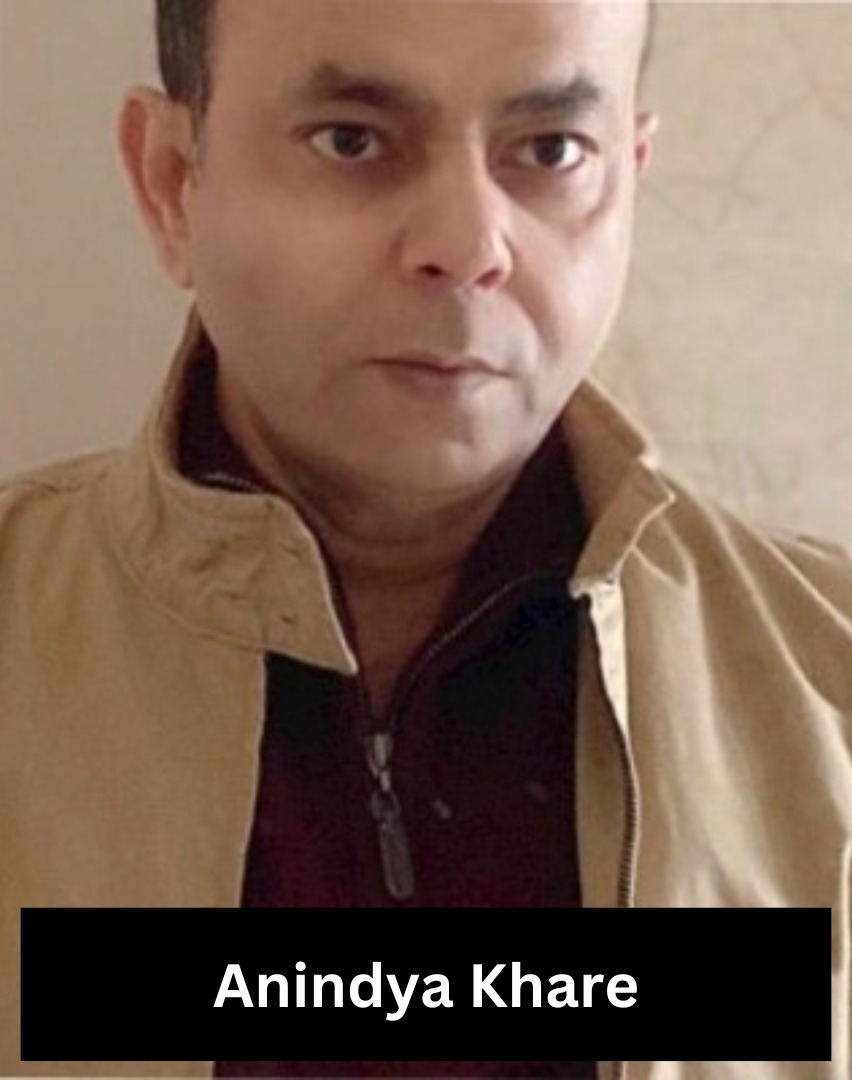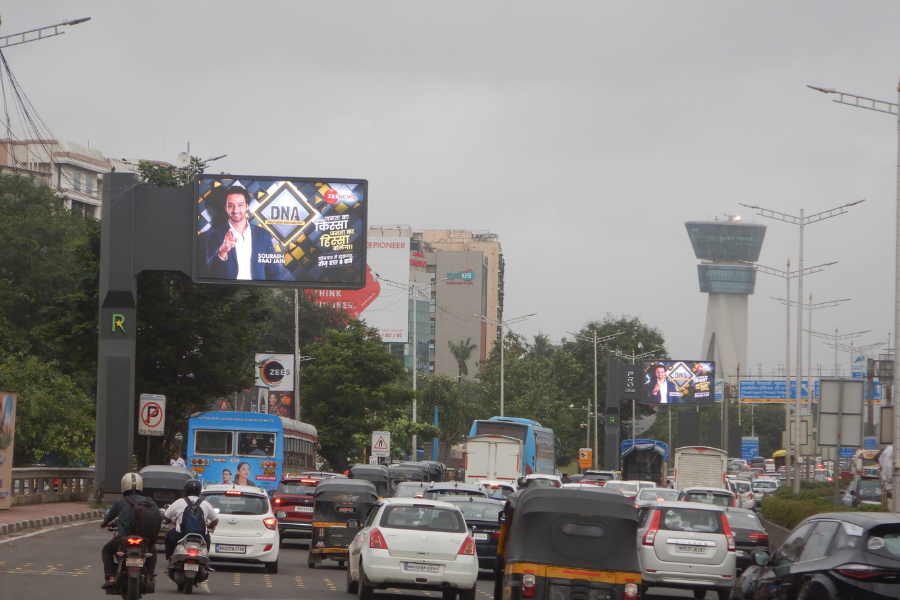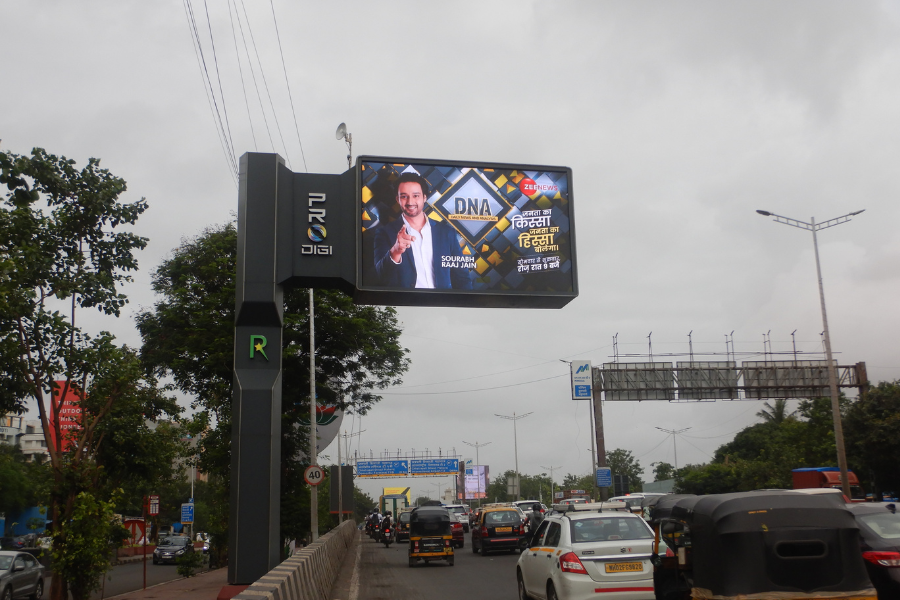‘TV and DOOH complement each other’
By Aayush Mohanan - August 18, 2023
Anindya Khare, Marketing Head, Zee Media talks to Media4Growth on the differences between TV, OOH and the possibilities that the medium offers advertisers.
Excerpts from an interview with Aayush Mohanan.
 1. TV and OOH have different characteristics. How do you think the two mediums complement each other or do you believe they are competing mediums?
1. TV and OOH have different characteristics. How do you think the two mediums complement each other or do you believe they are competing mediums?
I believe the objective of advertising on both the mediums is different. While we may say that, TV is a more traditional medium of advertising DOOH is a newer concept (one of the fastest growing ones), there are certain advantages that DOOH brings to the table which comes handy as an advertiser. I don’t look at DOOH as a media company, but more as an advertiser, and based on our evaluations, it is one of the mediums to leverage in order to create a high impact for the advertiser. In my view, TV and OOH are not competing mediums, rather they complement each other, especially in terms of reach, if the touchpoints are chosen wisely. However, for either medium to be effective, the advertising objective, and messaging needs to be well defined.
2. As a language-based medium, what is Zee’s approach towards OOH advertising in India’s regional markets and how has that impacted your viewership?
Reiterating my previous statement, I think it is important to define the objective for any marketing campaign regardless of the medium. For example, there were panchayat elections in West Bengal recently, and usually people flock to the television sets during elections as everyone is eager to get updates and stay connected to their hyperlocal environment. To keep the people on top of everything during elections, we execute an OOH campaign.

I believe that there is a clutter with every channel trying to reach out to viewers. In such a scenario, it serves Zee as an advantage because we already have a captive audience with whom we can use our platform (TV) to communicate and inform. However, in terms of new viewer acquisition, I believe that OOH must be executed in the respected regional language as vernacular has helped bring a positive traction in our viewership.
3. You recently partnered with RoshanSpace and used their DOOH assets in Mumbai to promote the comeback of DNA. What was the reason for using DOOH as opposed to digital media channels?
When one has a given advertising budget, you are not only looking for ROI, but also for avenues to optimize your expenses, hence we took the decision of a DOOH campaign to announce the comeback of DNA. In the process, we evaluated several DOOH and OOH sites and what we found particularly attractive about RoshanSpace’s assets is that they are innovative and programmatic and they give us a higher share of voice (SOV) compared to other players in the market. Moreover, there is a consistency of communication across this 47.km stretch (Bandra Worli Sea Link to Goregaon) where the campaign was executed. People living in any part of Mumbai will most likely use the Western Express Highway and perhaps having the highest per hour traffic density in the city provided us with the deal cost per impression and significantly lower when compared to other mediums.

4. Looking towards the future, how do you think the use of OOH (and DOOH) advertising will help brands?
I think attention spans are reducing drastically as customers are exposed numerous ads, and somewhere along the way, the communication is getting lost. As a medium, I feel that Out-of-Home definitely has the potency and has the capability to communicate very effectively to your target audience. And with Digital Out-of-Home, creatives don’t have to be static anymore, they can be increasingly vibrant and colourful as messaging can now be communicated in an interactive manner, which naturally appeals more to the audience. And brands having specific deliverables in terms of communicating their core messages, will be the ones using it efficiently.

